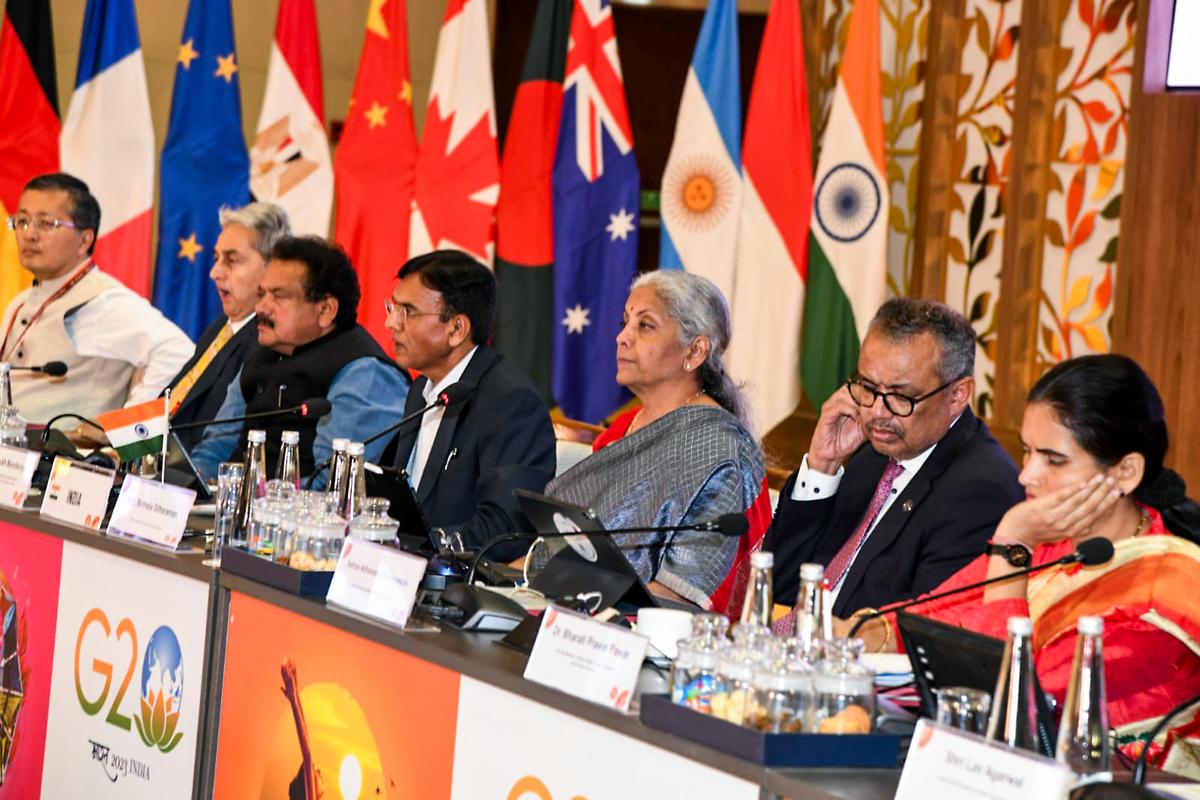- Surat, India’s diamond metropolis, is seeing a terrible shift in its diamond sector. The once-thriving industry has been beset by job losses and terrible suicides.
- This article dives into the crisis’s origins and various ramifications.
- Economic Hub of Surat’s Diamond Dominance: Surat, in Gujarat, is well-known for processing 90% of the world’s diamonds, with over 6,000 units cutting and polishing raw gems sourced from all over the world.
- Employment Superpower: The diamond business, which employs over a million artisans and employees, contributes significantly to India’s economy, generating an estimated yearly revenue of Rs1.6 trillion or more.
- Cut and polished diamonds account for 65% of India’s gem and jewellery exports, totaling Rs1.76 trillion in 2022-23.
Dark Clouds over Surat
- Tragedy strikes: In the midst of the turmoil, nine people connected to the diamond industry have tragically committed suicide. Over 20,000 workers have been laid off as the industry faces a multidimensional problem.
- Earnings have been reduced by up to 30% for many workers as a result of decreased working hours, fewer workdays, and unpaid summer breaks that can last up to a month for some.
- Gone are the typical opulent Diwali bonuses, which were once a source of joy for diamond industry workers.
Disentangling the Factors
- Demand is sluggish as a result of global consumer spending cuts caused by rising interest rates in the US and Europe, as well as a faltering Chinese economy.
- Plunge in Demand: Despite shipments totaling Rs1.76 trillion in 2022-23 (a small decrease from the previous year), worldwide diamond demand fell by nearly 30% in three months.
- Geopolitical Implications: Because Russia is a large source of rough diamonds (approximately 35% of supply), political tensions such as the Ukraine crisis have resulted in Russian diamond limitations. Sanctions imposed on Alrosa, a major diamond miner, have affected the supply chain.
- Rivalry from Lab-Grown Diamonds: The introduction of lab-grown diamonds, which are replicated under lab conditions and are less expensive than natural counterparts, poses a serious challenge. These synthetic jewels are gaining popularity and are 20% less expensive than genuine diamonds of the same size.
Conclusion
- Surat’s diamond industry, long a beacon of wealth, has reached a fork in the road.
- Its foundation has been shaken by the convergence of economic transformations, geopolitical dynamics, and technological breakthroughs.
- Surat must negotiate this turbulent terrain with a flexible and adaptable strategy to secure the industry’s longevity and viability in a changing diamond world.
Source: https://www.livemint.com/industry/manufacturing/crisis-in-diamond-city-is-surat-s-sheen-dimming-11692295745164.html#:~:text=What's%20the%20bad%20news%20about,crisis%20caused%20by%20multiple%20factors.








